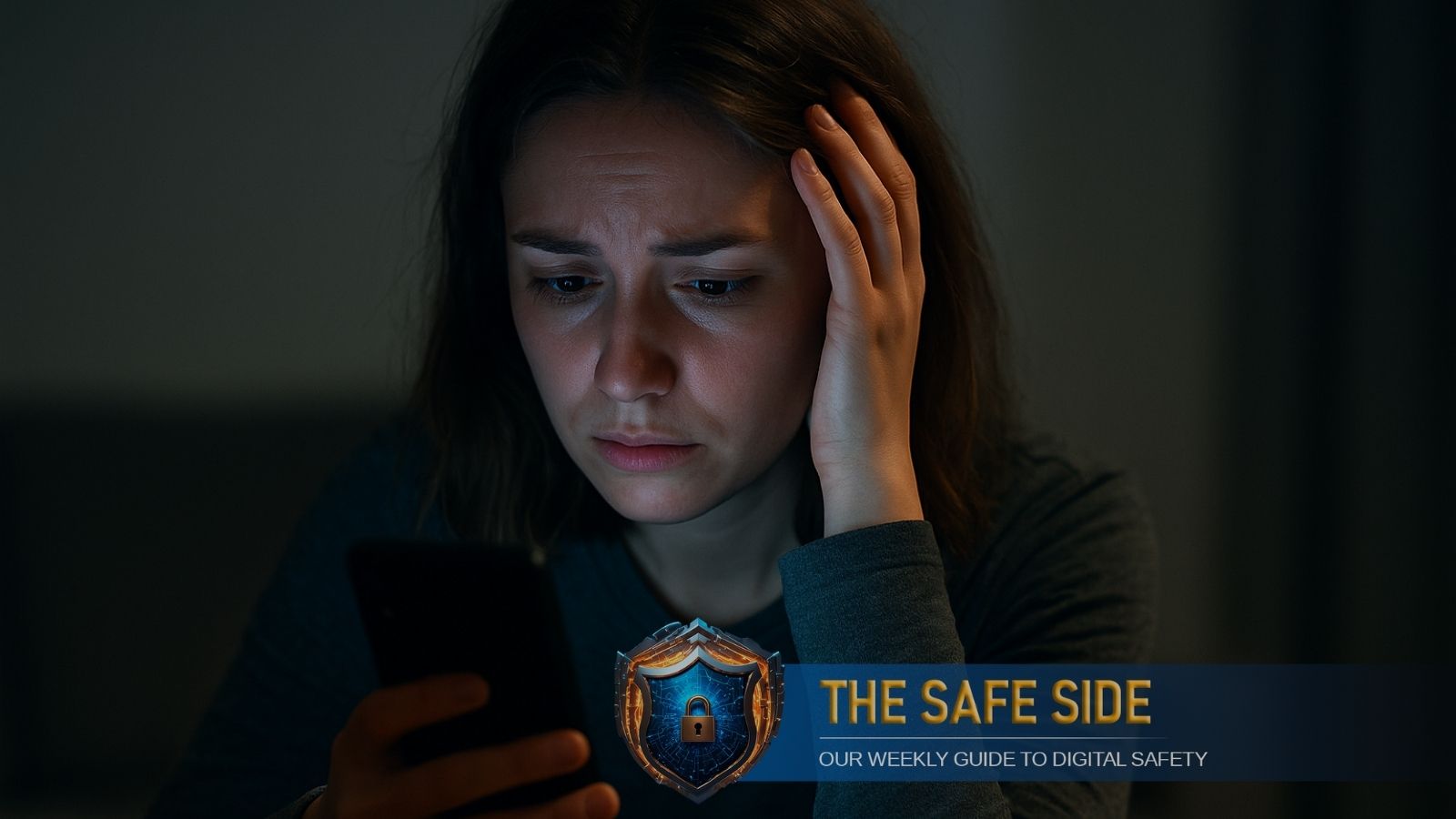At the Madras High Court, Justice N Anand Venkatesh listened to a woman advocate’s plea about her private videos being leaked online without her consent. Secretly recorded by a former partner during college, the footage resurfaced years later, and circulated on social media and messaging apps.
“The woman is undergoing great mental agony,” said the judge, “What if she were my daughter?”
The Justice ordered the Union Ministry of Electronics and Information Technology to trace and remove the content within 48 hours, demanding a compliance report by July 14. He also brought in the Tamil Nadu police chief, underlining the urgent need for systemic safeguards against such digital abuse.
In another case last month, a teenager’s world turned upside down when fake Instagram accounts were created in her name. The pages were filled with real and morphed objectionable images of the girl, only 15. The impersonation shattered her and her family.
Hearing the plea, the Delhi High Court ordered Meta to immediately block the fake profiles and provide technical details, like IP addresses, to help trace those behind the abuse.
So, what can you do if something like this happens to you, or someone you know?
When a private photo, video, or impersonation appears online without your consent, it can feel overwhelming. But there are concrete steps you can take to report, remove, and regain control.
Story continues below this ad
Direct communication with the source:
Contact the website or uploader: If the content is on a website you don’t control, try reaching out to the owner directly. Use WHOIS tools to find contact details. Explain your situation clearly and calmly.
Use in-platform reporting: On Instagram, Facebook, X (formerly Twitter), or YouTube, use their built-in reporting features. Most have policies against harassment, impersonation, and explicit content.
Escalate if needed: If the platform is unresponsive, organisations like Report Harmful Content (UK-based but globally referenced) offer guidance on next steps.
“You can report objectionable content directly on the respective social media platforms. As per the IT Rules, 2021 and the amended rules of 2023, all platforms are required to appoint a Grievance Officer. The officer must acknowledge complaints within 24 hours and resolve them within 15 days,” said Tushar Sharma, cyber expert and co-founder of The Organisation For Enlightenment and Education (TOFEE).
He also said, “In certain cases, such as complaints involving sensitive or harmful content, the resolution must happen within 72 hours. If you’re facing issues like child pornography, cyberbullying, online harassment, or crimes targeting women, you can file a complaint through the Cyber Crime Reporting Portal: http://www.cybercrime.gov.in. The Sahyog portal is another tool designed to assist citizens with online safety and digital grievance redressal.”
Story continues below this ad
Explore takedown and de-indexing options
“You can request Google to de-index content so it doesn’t appear in search results. For platforms, direct takedown requests work. There are third parties too, but if the source is on the dark web, it’s much harder; removal may involve payments in crypto, and even then, it’s not guaranteed,” Pavan Karthick M, threat researcher III at CloudSEK, said in a conversation with indianexpress.com.
DMCA takedown: If someone is misusing your copyrighted content, file a Digital Millennium Copyright Act (DMCA) notice.
Google removal tool: Use this form to request removal of personal or explicit content from search results. You’ll need URLs and proof (like screenshots).
Legal assistance: For serious offences like defamation or image-based abuse, consult a lawyer. They can help with formal notices, cease and desist letters, or court action.
Story continues below this ad
Shubham Singh, a cybersecurity expert, shared some tools for the readers.
Take It Down – https://takeitdown.ncmec.org
Meta’s new, free tool helps stop the online sharing of nude or sexually explicit content involving minors (even if you’re now an adult). “You stay anonymous and don’t have to upload the image itself,” Singh said,
How it works:
- Select the image or video on your device (do not upload it).
- The tool creates a ‘hash’ (a digital fingerprint) of your content. The hash will be added to a secure list maintained by the National Center for Missing and Exploited Children (NCMEC).
- That hash is shared with participating platforms (Meta, TikTok, etc.) to detect and remove any matching files.
- Your original content never leaves your device.
- Don’t repost the image after submitting it. Doing so may trigger blocks or false flags.
StopNCII.org: https://stopncii.org/
This is a free tool run by the UK-based Revenge Porn Helpline, established in 2015, under the non-profit SWGfL. It helps victims of non-consensual intimate image abuse (NCII) protect their images by preventing future sharing. The organisation for this tool partners with major platforms; it boasts an over 90 per cent removal rate, with more than 300,000 images removed.
How does it work?
- Hashes are created from the intimate images or videos on your device (they’re never uploaded).
- Submit the hashes with a PIN and get a case number.
- Partner platforms scan for and remove or block matching content.
- You can track the case with your PIN anytime.
- Boasting a 90 per cent plus removal success rate, the tool has helped remove over 300,000 images.
Google tool:
https://support.google.com/websearch/answer/6302812?sjid=9606018383223389785-NC
If private, intimate photos or videos of you were shared online without your consent, Google can help hide them from search results.
Story continues below this ad
– Fill out a request form on Google’s support site.
– Share the exact links and any proof (like screenshots).
– Google will review your request and update you by email.
What gets removed?
Google will block the content from appearing in search results. But this won’t delete it from the internet, just from Google Search. It’s a way to make harmful content harder to find, and take back some control.
While no tool can completely erase harm, these steps can help limit the spread and restore a sense of control. No one should have to navigate this alone, or in the dark.
The Safe Side:
As the world evolves, the digital landscape does too, bringing new opportunities—and new risks. Scammers are becoming more sophisticated, exploiting vulnerabilities to their advantage. In our special feature series, we delve into the latest cybercrime trends and provide practical tips to help you stay informed, secure, and vigilant online.




Average Rating